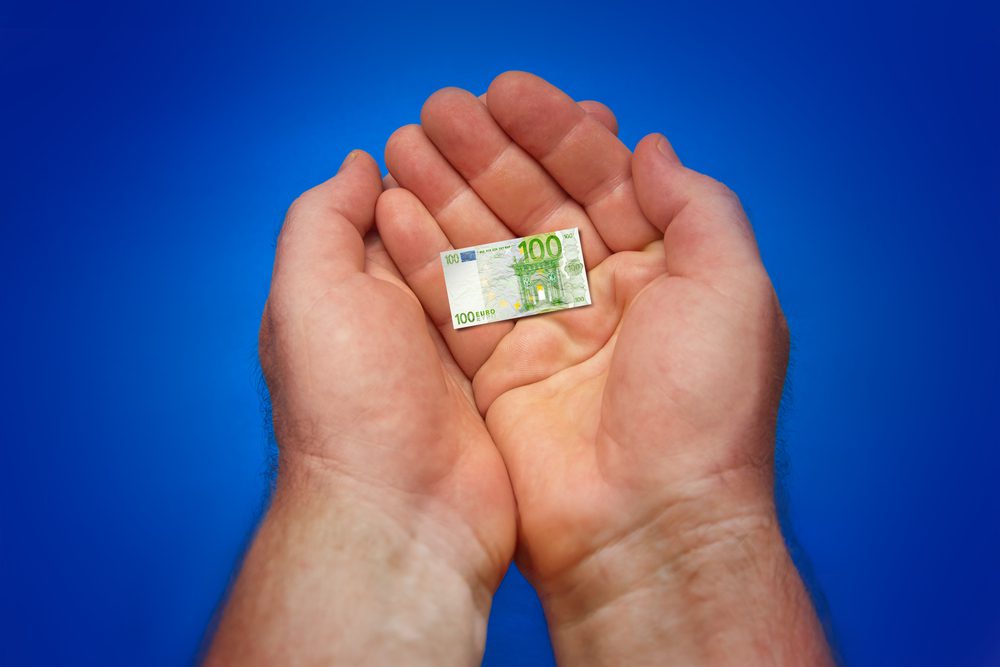No products in the cart.

In its latest update on inflation, Eurostat reports that prices in the euro zone increased by 8.9% in July over the same month in 2021. This is a modest increase from 8.6% in June.
Food prices continue to accelerate, being up 9.8% over the year in July, compared to 8.9% in June. However, beyond this category, there are signs that inflation is at or near its peak. Energy prices, which have been a driving force behind consumer-price inflation, were up 39.7% in July, down from 42% in June. Inflation rates in prices for non-industrial goods and for services were up modestly, by 0.2 and 0.3 percentage points, respectively.
Inflation rates in individual countries also show signs that the rise in inflation is coming to an end. The inflation rate dropped from June to July in five countries:
Only three countries saw inflation rise by one percentage point or more:
Estonia, Latvia, and Lithuania are still the three countries with the highest rate of inflation, at 22.7%, 21.0%, and 20.8%, respectively. Another seven countries have inflation rates in the 10-20% interval: Slovakia (12.8%), Slovenia (11.7%), Netherlands (11.6%), Greece (11.5%), Spain (10.8%), Cyprus (10.6%), and Belgium (10.4%).
The lowest inflation rates are found in Malta (6.5%), France (6.8%), and Finland (7.9%).
In July 2021, Estonia had the highest euro-zone inflation rate at 4.9%. Only one more country had an inflation rate above 4%, namely Lithuania at 4.3%.